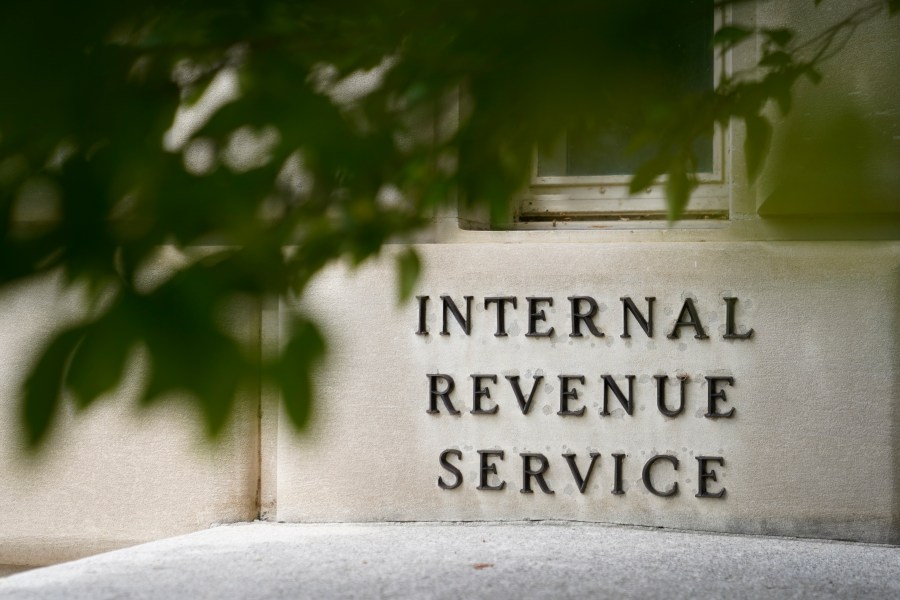
State pensioners with certain common medical conditions can get over £100 a week by claiming Attendance Allowance.
The benefit is distributed by the Department for Work and Pensions (DWP) to people aged 66 and over who need help with personal care or supervision due to illness or a disability.
The benefit has broad eligibility criteria, yet hundreds of thousands of people are believed to be missing out despite qualifying for support.
A report by Policy in Practice estimated that, at the end of 2023, £5.2 billion worth of Attendance Allowance was going unclaimed.
The benefit is paid at two rates: the lower rate and the higher rate.
The amount eligible claimants receive is calculated based on how much help is required, not any current help the person does or doesn’t get.
How much is Attendance Allowance?
The lower and higher rates of Attendance Allowance paid every four weeks are:
- Lower rate: £72.65 per week
- Higher rate: £108.55 per week.
These rates will increase by 1.7% in April in line with the wider benefit payment uplift announced in the Chancellor’s Autumn Budget.
The move will see weekly payment rates rise to:
- Lower rate: £73.90
- Higher rate: £110.40.
People who need help during the day or at night could be eligible for the lower rate, whereas people who need help during both the day and at night or have a terminal illness, could be eligible for the higher rate.
The changes mean those entitled to the highest rate can now receive around £434.20 per month, which translates to around £5,222.40 per year, rising to £5,299.20 a year after the uplift.
The money doesn’t need to be spent on care – it can be put towards other things, such as household bills. It also isn’t a means-tested benefit, which means current savings or income won’t affect the claim, nor will it impact other benefits received.
Who is eligible for Attendance Allowance?
To claim Attendance Allowance, individuals must be over the state pension age of 66 and have a disability or illness that impacts their daily life. This can include conditions such as learning difficulties, sight or hearing impairments, mobility issues like arthritis, or mental health conditions such as dementia.
Eligibility also extends to those who experience difficulties with personal tasks, such as eating, drinking, getting washed or dressed, or requiring physical assistance.
Applicants must have needed help for at least six months. However, if an individual is terminally ill, they can claim Attendance Allowance immediately.
Importantly, Britons don’t need a formal diagnosis to apply. As long as they’ve needed help or supervision or faced difficulties due to their condition for six months, they may be eligible.
However, individuals who already receive Personal Independence Payment (PIP), Adult Disability Payment (ADP), or the care component of Disability Living Allowance (DLA) are not eligible for Attendance Allowance.
How to claim Attendance Allowance
To claim, people need to fill out an Attendance Allowance form, clearly outlining the help they do need, as well as the help they don’t.
To pick up a form, people can either call the helpline on 0800 731 0122 or download it from the Government website.







